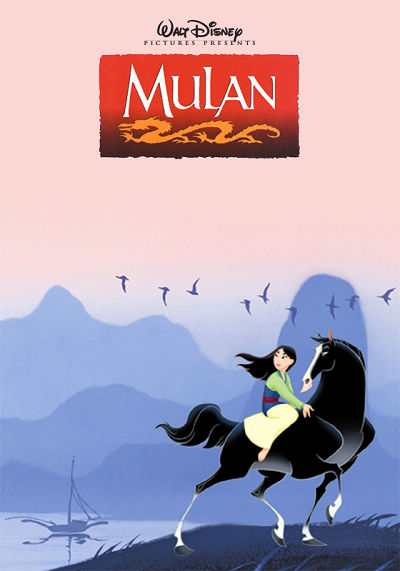The legend of Hua Mulan

According to Chinese legend, there was a female warrior named Hua Mulan who joined the army to fight in place of her father. Mulan was reputed to be a very brave woman who disguised herself as a man and fought in combat for 12 years.
According to the story, the young Mulan sees that her father has been conscripted into the army. Having no older brothers, she decides to dress as a man and goes to war in his place. She spends more than 10 years fighting alongside other male soldiers.
Later, the emperor offers her a government post, but she refuses and says that she would prefer to return home and see her family. At the end of the poem, Mulan finally reveals her female identity to her army comrades, who are shocked to see her as a woman. They set off together as symbolic male and female rabbits, running side by side as equals.
It is not known whether Mulan was a real or fictional character. Scholars have deliberated her existence for centuries, but no one has been able to determine if she actually lived. The earliest accounts of the legend state that she lived during the Northern Wei dynasty (386–534); later accounts place her in different time periods.
Nonetheless, her story has become a parable, as it sets forth many honored aspects of Chinese culture, such as filial piety (devotion to one's elders), bravery and modesty (shown through Mulan's character, when she declines rewards from the emperor in favor of returning home to her family).
She has become an iconic heroine in Chinese and western cultures alike. The legend of Mulan is similar to several other female characters that dressed as men to fight in battle. These include Joan of Arc and the princess Eowyn from Lord of the Rings.
 0
0 






